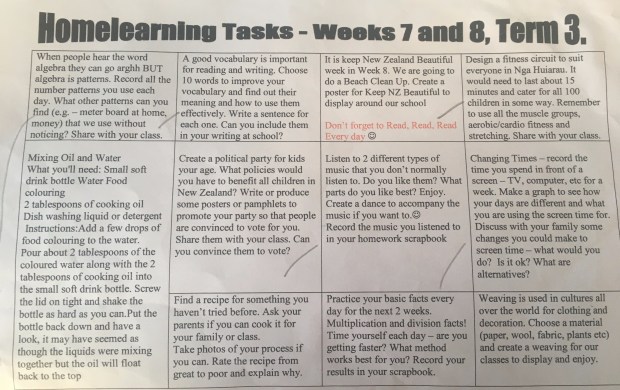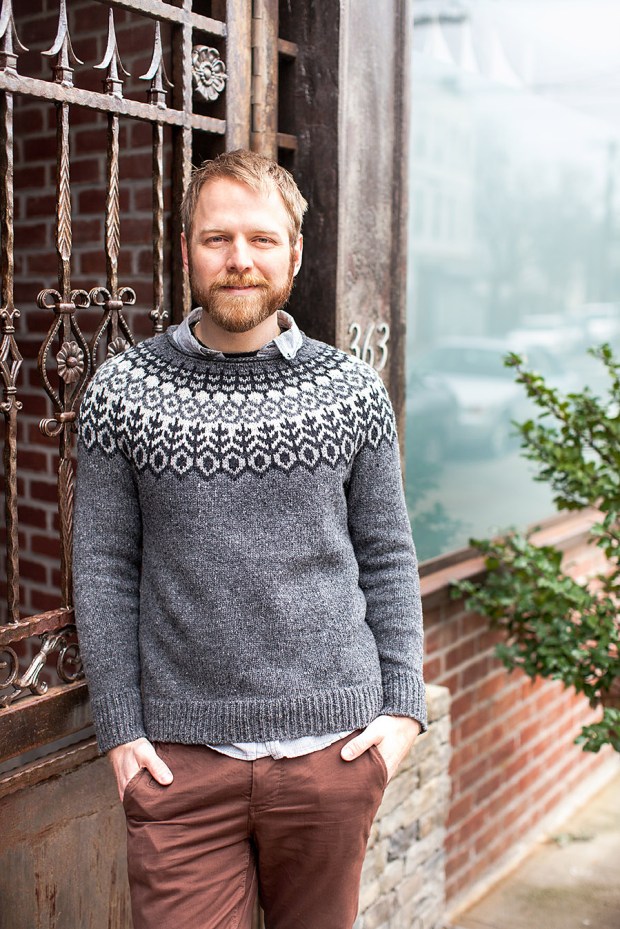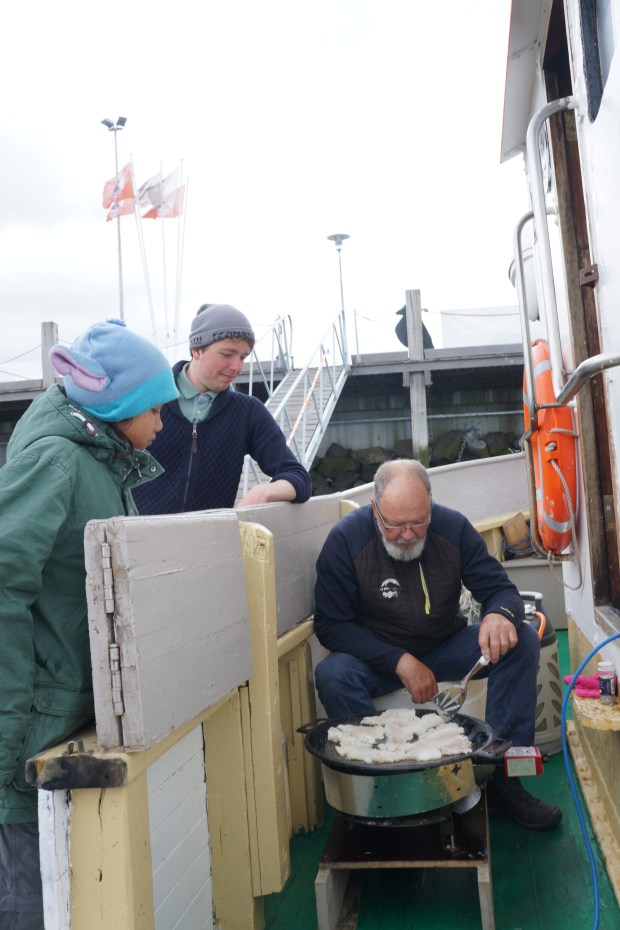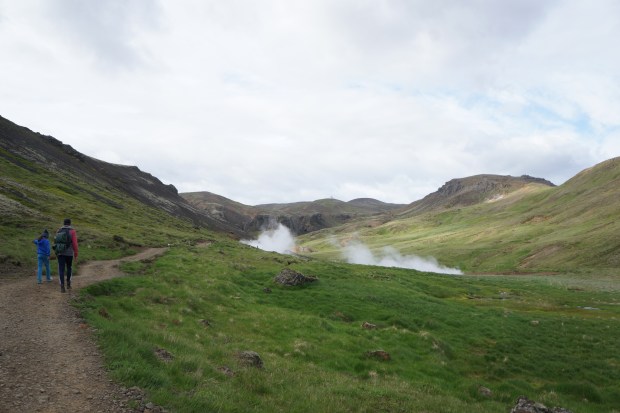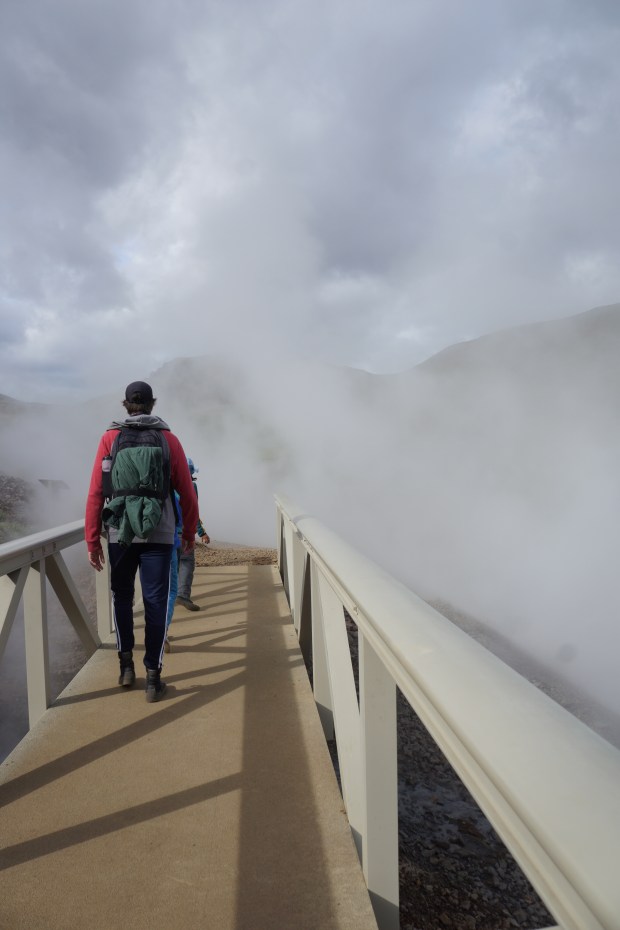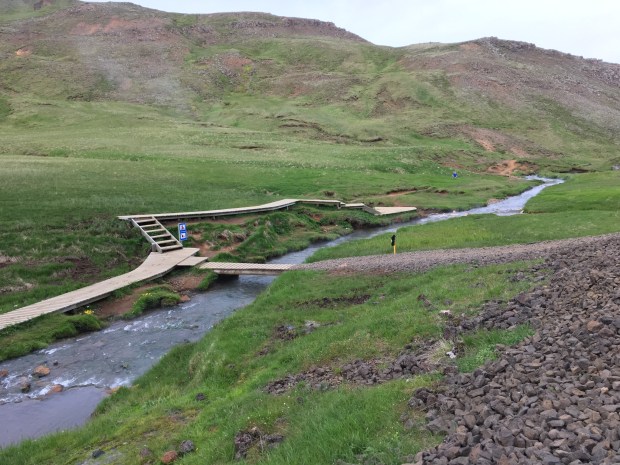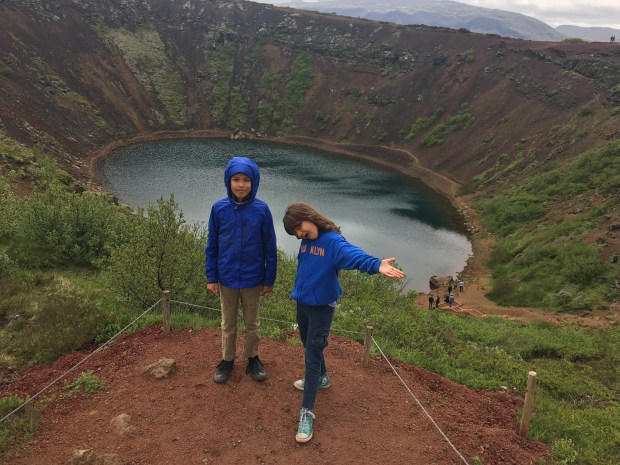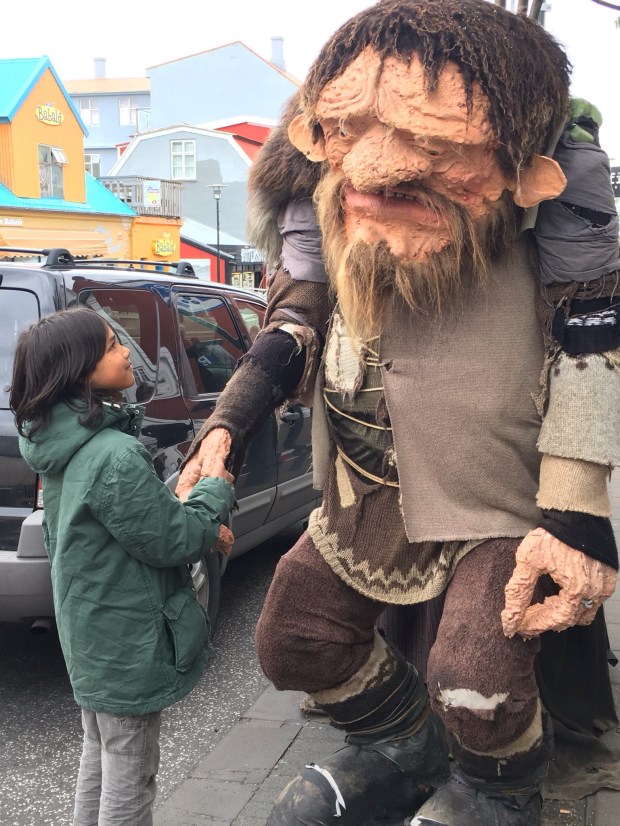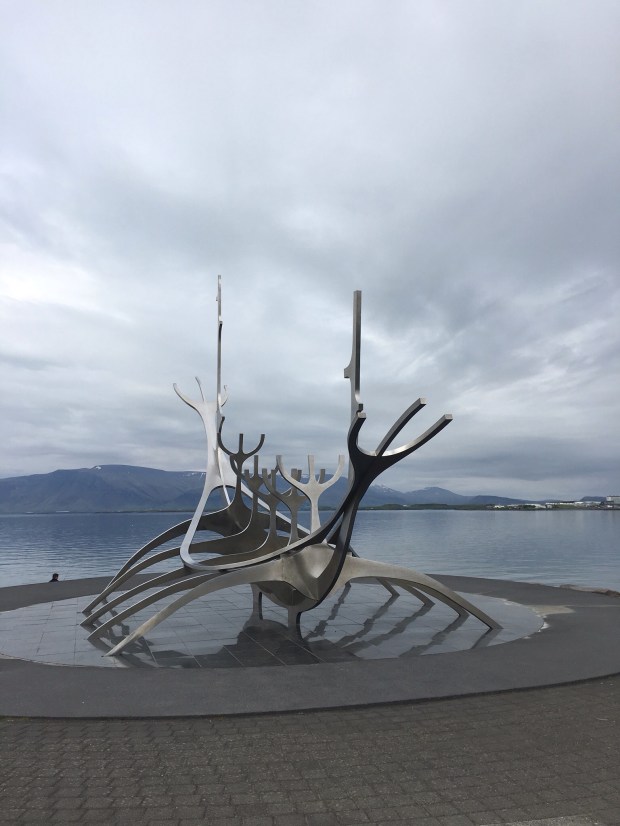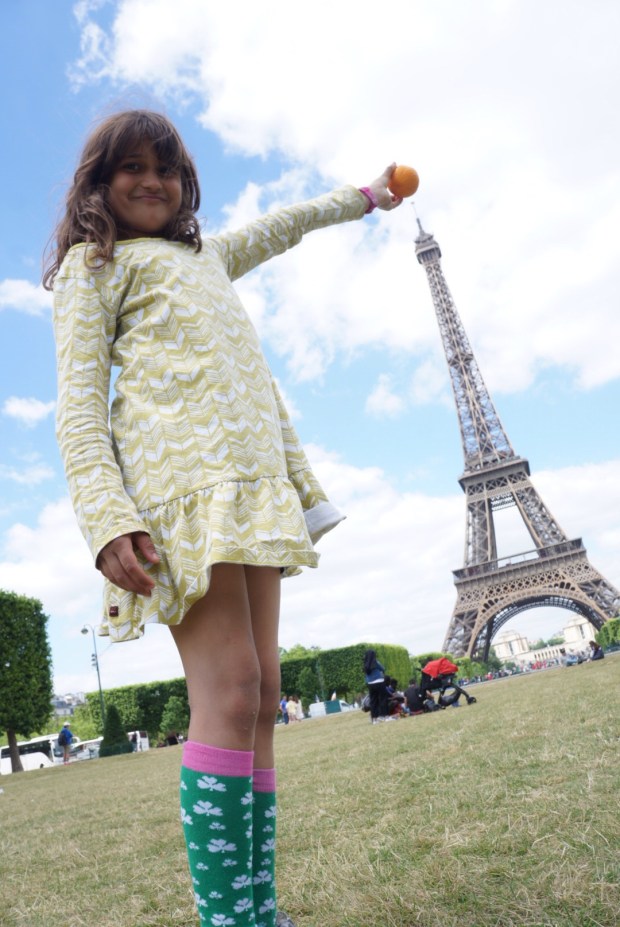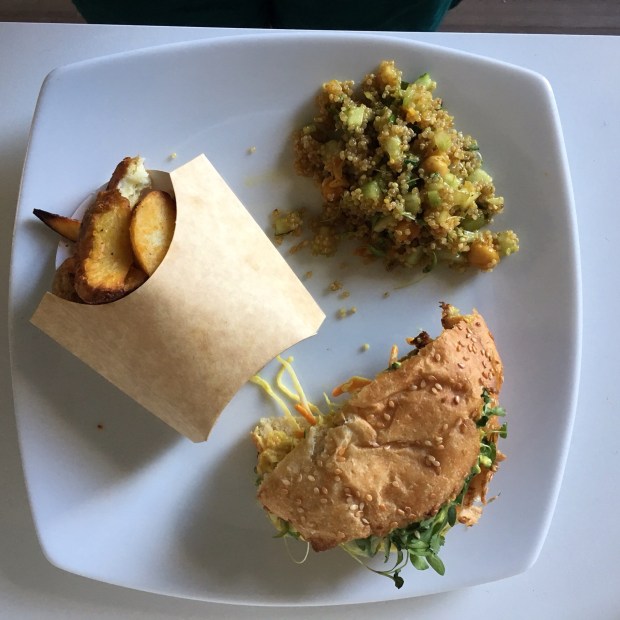Things have been going along fairly smoothly for us the last weeks. I’ve emerged from the immigrant doldrums into really appreciating our life here and how lucky we are.
The kids started their second semester of school and ironically are now involved in multiple afterschool activities in a way that typifies modern childhood in the U.S. We’ve generally really guarded against this at home, because with two working parents it gets too overwhelming to be shuttling kids to activities all week, homework takes up quite a bit of time, and I also value having dinner together as a family every night. (Though I question that value on a regular basis when dinner seems to be an excuse for the kids to snipe at each other or for me to tell them for the millionth time that an entire quarter of a quesadilla isn’t an acceptable “bite.” Sigh.) Here though, we have one slightly-employed parent, one full time working parent who’s largely home by 4pm every day, little to no homework, and a bunch of activities that are pretty special. So our schedule: Sunday mornings: Surf lifesaving (both). Monday afternoon swimming (both). Tuesday afternoon Drama (girl) Guitar (boy). Wednesday afternoon Violin (girl) then Surfing (both). The girl currently also has orchestra practice on Fridays. Phew. She wanted to pick up Rugby or Cricket as well, but those are scheduled on Wednesdays so it wasn’t possible.

Coming out of the water at surf lifesaving
That said, it doesn’t feel terribly hectic because we still have a lot of free time around all those, and therein lies the major difference between life at home and life here. The stress level here is simply a lot lower. There’s no traffic to battle – in fact our town doesn’t even have a single traffic light! – and people everywhere are generally pleasant. I drive past the beach every day on my way home from work. Most days I can work out at the hospital gym and still make it home by four. When you want to meet up with friends, no one pulls out their phone to check their schedules to find a date in two months that works. You’ll say “hey, want to have drinks tonight?” and the answer is pretty much always “yes.” Our social life here is so much fuller than it is at home, and it’s really lovely.

Impromptu drinks on a weekend afternoon, or my harem. (Joke people, I have women friends, they’re just not in the pic!)
We are scheduled in that Wednesday night is pub quiz night at the Ohope Chartered Club. Quiz is a different animal here than it is at home. For those of you who attend pub quiz in the states, the usual format is a quizmaster asking clues out, you write them down and turn them in. There’s audio rounds as well, where you have to identify movie quotes or songs. Because trivia is the domain of nerdlings at home, there are usually no more than 3 or 4 sports questions because they know their audience and want to be kind.
Here, there’s a quizmaster but the questions are shown on screens and there’s usually an accompanying graphic that may or may not be of any help to foreigners like ourselves. Example: “What was the name of the lost painting featured in ‘Allo! Allo!’?” Answer: “The Fallen Madonna of the Big Boobies.” Me: ????!
In addition, Kiwis find it incomprehensible that people would know nothing about sports so there are usually a LOT of questions about sports. You might think you’d have an advantage if you know sports trivia, and I regret to inform you that you’d be sadly mistaken. Because no matter how many baseball or football stats you know, they don’t care here. It’s all about Rugby and Cricket and Sailing and Netball. Now, there will often be a question that is ridiculously easy for an American like “What’s the smallest state in the USA” but Kiwis have no clue about, and we get to feel special.

We are still in the British Commonwealth you know…
We’ve managed to cobble together a group of eclectic people to play trivia with every Wednesday, with people from the hospital and other friends. Among the group are people from India, Canada, Ireland, and of course we Americans. With this Voltron like supergroup, you’d think we couldn’t lose, and you’d be almost wrong – we generally get second or third most nights. The first place trophy as yet proves elusive, as we find ourselves beaten by a group of Kiwis every week.

quiz night panorama, intently discussing a tricky question
As generally happens with quiz, the fun is partly from answering questions but more from making fun of people who get questions wrong. Last week there was a geography round about countries and they showed a picture of a ziggurat. For some unknown reason (cough two glasses of wine cough) I went into Tourette’s mode and just kept chirping “It’s Chichen Itza! It’s Chichen Itza!” over and over. People would try to change the topic but I was undeterred, hell bent on pointing out that it was Chichen Itza until someone acknowledged how incredible it was that I knew that. Eric, however, couldn’t take it anymore and finally looked at me and flatly said, “You have GOT to stop saying Chichen Itza. We GET IT.” “But…but it’s…” “Chichen Itza!” chorused the other players. We wrote down Mexico and moved on. No one else seemed to notice that when the answer round came through, it was actually Teotihuacan, and I didn’t advertise the fact. Now, when I get too excited about an answer, people just yell Chichen Itza at me and I shut up.

CHICHEN ITZA, OF COURSE
As the title hints, I’ve also realized one of my lifelong dreams. Becoming a doctor? Meh. World travel? Whatever. But I’ve always wanted to be a QUIZMASTER and now I can say that I am! I’ve signed up to be a backup quizmaster, and had my first run at it this week! I think it went pretty well, with only minor technical difficulties. Some of my jokes didn’t go over as well as I’d hoped, as when I teased one person about thinking that a photo of Jennifer Lawrence was actually one of Viola Davis, because Viola Davis is black and Jennifer Lawrence is about as far away from that as you can get. My loving husband offered me a pity laugh, but from the Kiwis, crickets.
It’s my favorite night of the week, hands down.
-S






